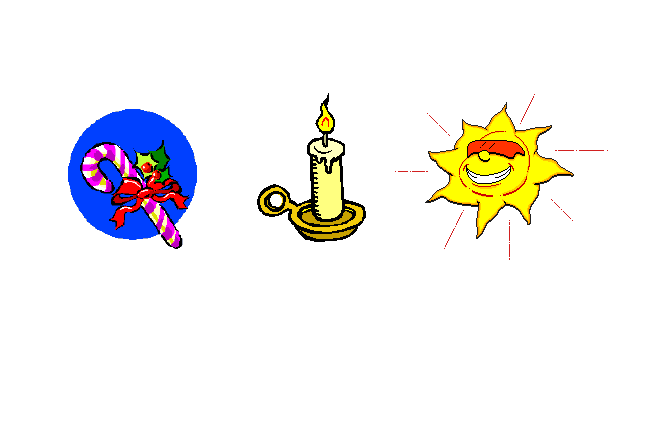Walls for ![]()
Choose a Phonics Program
What to look for in a Phonics program:
My preference is for a program that teaches the beginner a basic set of letter-sounds.
For example:
- Alphabet consonants
- sh, ch, th, ng
- Two sounds for c and g
- ‘Consonant clusters’ such as br, fl, tw, sp . . .
- Ending -y, -er, -ing, -ed, plural -s
- Short vowel sounds
- Diphthongs (vowels that sort of slide from one sound to another): oi/oy, ou/ow
- Some other common vowel sounds
- The idea of word families such as -op (top, hop, mop, pop, cop); -all, -ight
![]()
This is a robust set of skills to get a learner up and reading,
without too much distraction away from language meaning:
Comprehension.
Vowel sounds, in particular, come in a dizzying array of alternate spellings.
Yet consider: Sometimes we can even de-code a word without vowels
(but with language meaning).
Th mn fll dwn th strs.
Lckly h ws nt hrt.![]()
You may choose a more detailed program.
This might include the basic syllable types, various alternate sounds for letters, alternate letters for sounds, and so on.
My preference is to teach these details through a systematic spelling program up through the grades.
![]()
Be sure that your program includes practice stories at each stage.
Students need to rehearse each new Phonic skill in some actual reading.
![]()
Remember that the goal of Phonics learning is Rapid-Accurate Naming.
Do whatever extra rehearsal it may take to make sure your student is learning to name the sounds correctly.
Accuracy comes before speed.
With accurate practice, speed comes naturally.![]()
Make sure that your student masters his Phonics program.
If you are working with a learner for whom Phonics is not a natural thing to learn:
- Don’t just follow along in the book: Okay page 9; page 10 . . . Instead, give extra practice on any hard items
- Do be sure your student has a solid foundation in Phonemic Awareness. This Floor of The Reading Treehouse is what supports the Phonics Walls.
- Do use the Reading Treehouse materials, the 4 Keys to Success in Phonics and Make the Most of Your Phonics Program (next page at the Treehouse) to help the student master Phonics as you go.
![]()
Remember: It’s not a race.
There is not an unlimited amount of Phonics to learn in order to get a kid up and reading.
Keep it clean and accurate. That saves time in the long run.
![]()
A word about worksheets:
What’s wrong with this worksheet?
Circle the pictures that begin with C.
Pictures do not begin with letter-sounds.
The spoken names of pictures begin with letter-sounds.
If the child names these pictures as “Peppermint, fire, sun” then none of them starts with the C sound.
![]()
So remember: Teaching Phonics is a hands-on job.
Worksheets cannot talk to the student.
Computers and apps cannot judge her spoken accuracy, especially if she still has some immature speech.
![]()
Do not believe that there is something wrong with your child if she has been playing with learning-to-read software but still cannot read.
A Phonics program cannot do the job without you.![]()
Short Cut Through the Treehouse ~ The Whole Treehouse
More on this topic: Make the Most of Your Phonics Program



